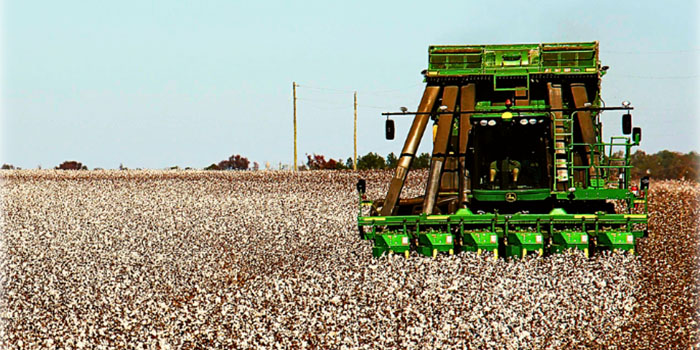By Sharon Omahen
University of Georgia
Georgia’s drought conditions may have the state’s farmers depressed, but it’s put a smile on the faces of crape myrtle and rose growers. While the drought withered many crops, it also drastically reduced the number of Japanese beetles munching on these and other landscape plants.
“I consider Japanese beetles super bugs,” said Kris Braman, an entomologist with the University of Georgia College of Agricultural and Environmental Sciences. “But their numbers were really reduced this summer, because they just can’t take it when it’s dry.”
Costly to control
Gardeners and landscapers view Japanese beetles as pests, so no one complained when the drought knocked back their numbers. Japanese beetles destroy plants by feeding on their leaves. As grubs, they burrow underground and feed on plants’ roots. They especially like turfgrass roots.
In the United States alone, controlling the beetles’ larval (grub) and adult stages cost more than $460 million a year.
The tiny destroyers’ numbers are down this year because their life cycle relies on moisture. If it’s too dry, the larvae can’t complete their development.
“Young Japanese beetle larvae need moisture to tunnel and search for food,” Braman said. “If they survived in the drought to adulthood, then they needed wet areas to lay their eggs in, and there weren’t many wet areas to be found this summer.”
Some need moisture, some don’t
The drought reduced the population of another turfgrass pest, too: the two-lined spittlebug.
“They like it hot, but they need moisture, too,” Braman said. “So there aren’t as many around this year to harm centipede and zoysia grasses and holly bushes.”
Not all landscape pests suffered from the drought. Some actually thrived.
Chinch bug populations in Georgia exploded this year as a result of the drought. “They like it hot and dry, and it definitely was,” she said.
The bugs suck the sap from turfgrass, their favorite being St. Augustine, and cause the grass to wither, turn yellow and become stunted.
Bugs prevent lantanta blooms
Lantana lace bugs are among the other landscape pests that survived and thrived during the drought. They feed on lantana and other landscape plants, causing the leaves to turn white.
“If the lantana in your landscape didn’t bloom this year, you probably had lantana lace bugs,” Braman said. “They’re normally on the plants, but this year they were there in much higher levels.”




